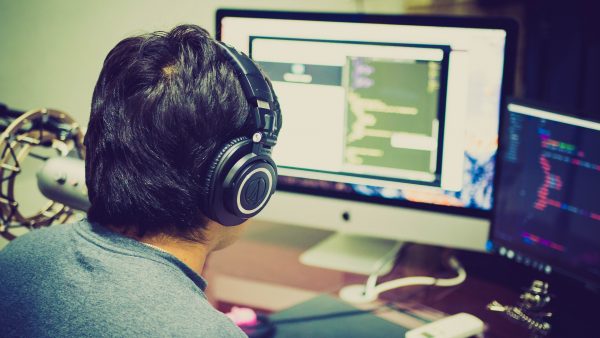In order to live a long and healthy life, it is therefore important to regularly exercise your legs and nurture your ‘Second Heart’.
Seventy percent of our blood is pumped back to the heart by the calf. So in the theory of traditional Chinese medicine, the lower leg is called the “second heart.” Why? The significance of the legs’ role here far surpasses its role in supporting the body. If the leg is not exercised regularly, venous thrombosis may occur, which can further lead to pulmonary embolism in severe cases.
A condition known as deep vein thrombosis (DVT) occurs when clots form in the deep veins of the legs, especially the lower area of the leg. If left unchecked, this condition can lead to Pulmonary Embolism where blood clots can travel through your body and lodge into an artery of your lungs.
Every year, at Narita Airport in Japan, there are at least 150 incidents of thrombosis in the calves.
Avoid these four common bad habits that can harm your ‘second heart’

1. Prolonged sitting or standing
People can lead very sedentary lives. As we sit, most of the muscles, including the calf muscles, are in a relaxed state, an exception is the waist muscles. Perpetual relaxation is harmful because our muscles need to be continuously contracted to maintain their elasticity and rigidity.
In contrast, surgeons, police, security guards, and other people standing for a long time have their calf muscles in a state of tension for a long time. This is equally detrimental to their health and their “second heart.”
2. Excessive exercise
Excessive exercise also harms your health. Traditional Chinese medicine says “long-term walking hurts the tendons.” There are tendons at the joints of the calves and feet, which play an important role in lifting and walking. However, long-distance travel, excessive force, and excessive load will eventually cause muscle damage to your “second heart.”
3. Cold legs and feet
The penetration of cold air into the calf area can lead to poor blood circulation, and over time may also induce osteoarthritis. In Chinese clinical practice, patients with “heat in the upper body and cold in the lower body” experience fatigue and are prone to sweating and fever above the waist and cold pain below the waist. This relationship pertains to people not paying attention to keeping their legs warm.
4. Wearing high heels
The fashionable trend of wearing high heels to create height and the illusion of having long slender legs are also destroying the legs. A British study found that wearing high heels 5 days a week for more than 2 years can cause the “second heart” muscle to atrophy by up to 13 percent.

Four ways to aid the health of your legs and heart
Establishing a daily routine by following these four exercises will not only exercise the calf muscles and ankles, but will also improve your balance, relieve heel pain, and benefit the health of your heart.
1. Walking
Walking is the easiest way to train your legs. The American Academy of Sports Medicine recommends walking as the best exercise to increase the strength of your “second heart.” Walking for 30 minutes a day, more than 5 times a week and steadily increasing your pace, you will exercise your “second heart” well.
2. Standing on tiptoes
Stand with your feet together on the ground and slowly raise your heels. This tightening and loosening motion is similar and likened to the contraction of the heart. The amount of blood squeezed out every time the calf muscle contracts is roughly equivalent to the amount of blood discharged per heartbeat. Make time to add this to your daily health and living routine.
This will benefit your overall health and shape your body form.
3. Slow squats
Raise your head and chest, place your hands at the waist, slowly squat, and then stand up. You don’t need to squat until your legs are parallel to the ground, just perform a shallow squat.
When doing this movement, you must maintain a constant speed, adjust your breathing, and repeat 15-20 times per exercise routine.
4. Shaking the legs
First, walk for 20 to 30 minutes to increase blood circulation. Next, extend your leg in front of you, and then gently shake your leg. Another way is to swing your leg back and forth like kicking a football. You don’t need to kick high. Repeat 15-20 times a day.
For the elderly doing this action, it’s best to have a chair or some aid to hold onto, in order to avoid falling down.
Follow us on Twitter, Facebook, or Pinterest

